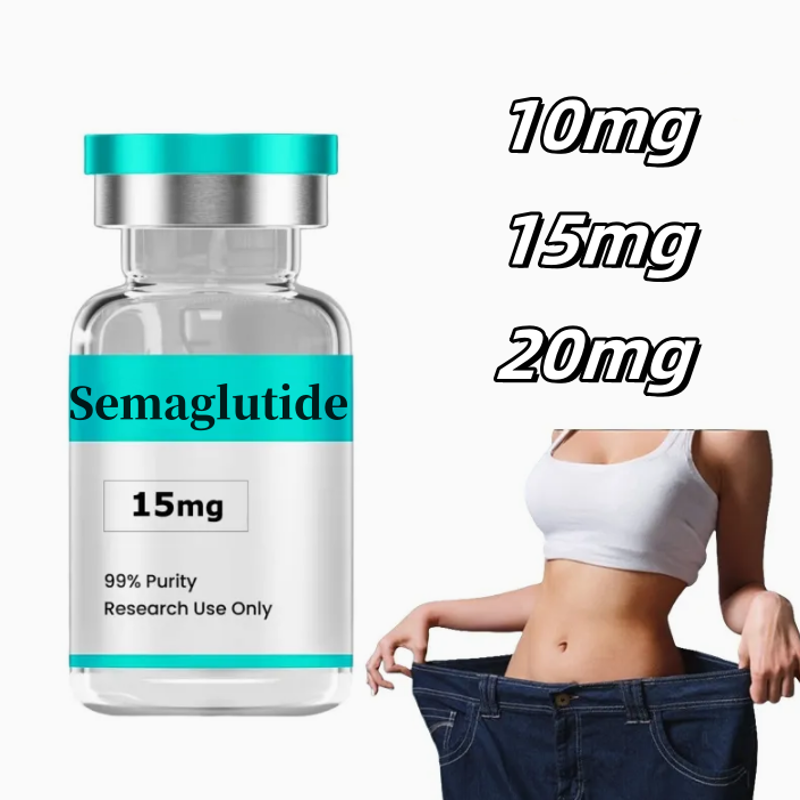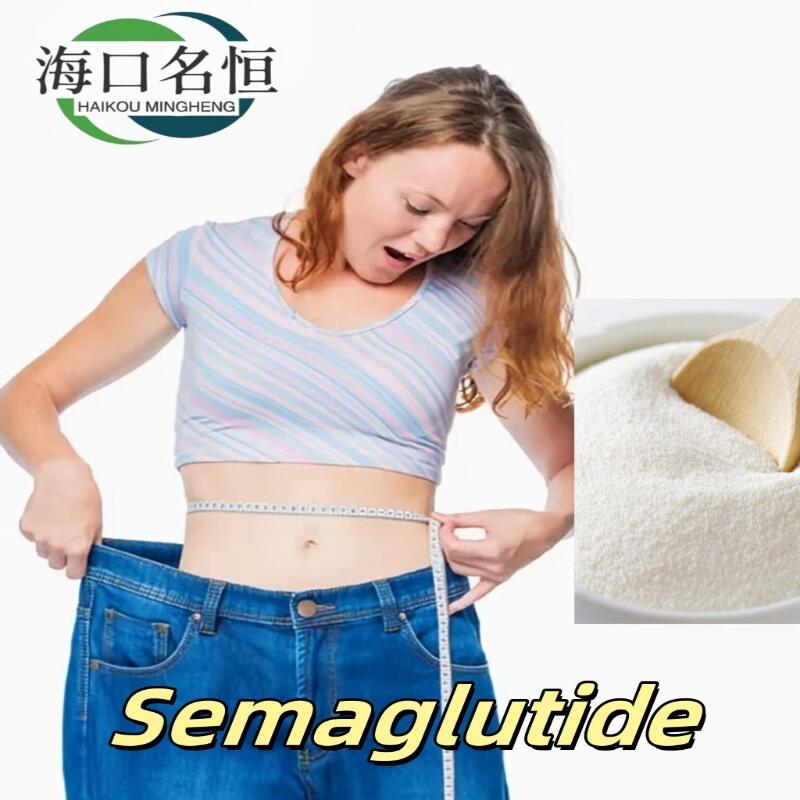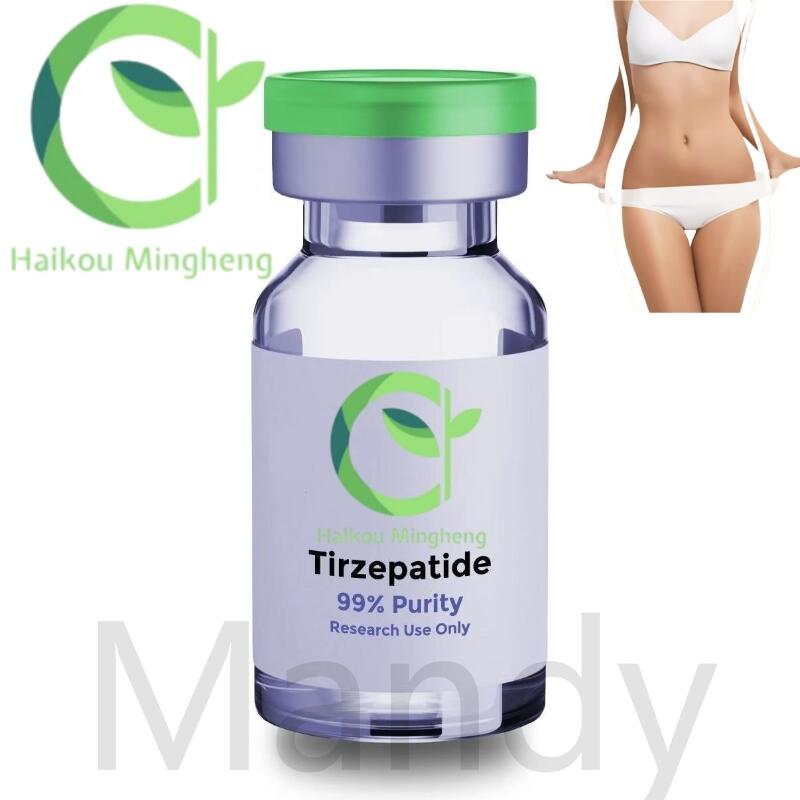National food safety standard collagen peptide (Draft for comments)
-
Last Update: 2019-07-30
-
Source: Internet
-
Author: User
Search more information of high quality chemicals, good prices and reliable suppliers, visit
www.echemi.com
1、 Basic information of standard drafting The drafting task of the national food safety standard collagen peptide comes from the national food safety standard preparation (Revision) project (Project No.: spaq-201 4-04) entrusted by the food safety standards and monitoring and Evaluation Department of the national health and Family Planning Commission The drafting unit is China Food Science and technology society and Guangdong health care products chamber of Commerce, and the cooperating unit is National food safety risk assessment center, Dalian University of technology, China Ocean University, Shanghai Ocean University, Jiangnan University The main drafters include Zhu Beiwei, Li Ning, Wang Xichang, Shaowei, etc The drafting group held five working group meetings in September 2014, November 2014, April 2015, may 2016 and August 2016 respectively, and communicated with relevant experts by telephone and email for many times, successively discussed the status of the standard, drafting principles, framework, basic content, core terms and other contents, and solicited the opinions of enterprises, associations and other relevant units Based on this, a draft for comments is formed 2、 Important contents of the standard This standard is a new national food safety standard The main contents are as follows: 1 Standard scope This standard is applicable to collagen peptide products produced from animal tissues rich in collagen through extraction and moderate hydrolysis 2 terms and definitions Collagen peptide: it is a kind of collagen peptide product with relative molecular weight less than 10000, which is made from fresh animal tissues (including skin, bone, tendon, scale, etc.) rich in collagen and is extracted, hydrolyzed and refined among Extraction process refers to the extraction method of collagen in raw materials by hot water extraction, ultrasonic assisted extraction and other methods after the raw materials are cleaned and crushed; hydrolysis process refers to the further decomposition of raw materials, or aqueous solutions, or extraction solutions after the above physical methods are treated by physical, chemical or biological methods; refining process includes decolorization, ion-exchange column, concentration and drying When the relative molecular weight is less than 10000, it means that 90% of the decomposed products have a molecular weight of less than 10000; when the molecular weight is powder or granule, it means that the decomposed products are dried and processed into powder or granulated collagen egg white peptide products processed by other processes 3 Raw material requirements The raw materials for the preparation of collagen peptide in this standard mainly include edible mammalian skin, skeleton, viscera and edible aquatic animal skin, scale, bone, swim bladder, etc They all belong to the category of ordinary food The requirements for raw materials in this standard refer to the requirements for raw materials in the national food safety standard food additive gelatin (GB 6783-2013) 4 Physical and chemical indexes and test methods According to the standards of marine fish oligopeptide powder (GB / T 22729-2008), hydrolyzed collagen (QB 2732-2005) and freshwater fish protein peptide (QB / T 4588-2013), combined with the data collection results, the main physical and chemical indexes and detection methods were set (1) According to the collected data and related materials, the relative proportion of peptides with relative molecular weight less than 10000 is 90.0% (2) According to the test results and product standards of hydroxyproline content in domestic and foreign products, it is specified that the content of hydroxyproline (mass fraction) in collagen peptide shall not be less than 3.0%, and the test method shall be in accordance with the provisions of determination of hydroxyproline content in meat and meat products (GB / t 9695.23-2008) (3) Considering that there are many raw materials for producing collagen peptide, such as fish skin, fish scale, cow hide, pig skin, cow bone, etc., it is difficult to calculate the protein content with a unified protein conversion coefficient, so the standard uses the total nitrogen content to characterize the protein content index Based on the existing relevant standards and sample test results, it is determined that the total nitrogen content (calculated on dry basis) of collagen peptide specified in this standard is ≥ 15.0% (4) According to the above standards, combined with the test results of samples, the standard specifies that the ash content is ≤ 7.0%, and the moisture content is ≤ 7.0% 5 Pollutant limit Collagen peptide is a deep processing product of food industry According to the source of raw materials and processing technology of collagen peptide, and referring to the existing standards and sample test data, the pollutant limit is formulated 6 Microbial limit Limit of pathogenic bacteria: according to the test results of pathogenic bacteria (Salmonella, Staphylococcus aureus, Vibrio parahaemolyticus) collected from 101 batches of samples from different manufacturers, all of them are not detected At the same time, considering that collagen peptide is a highly processed product, the risk of pathogenic bacteria is small, so the product does not set the limit of pathogenic bacteria Colony count and coliform index: refer to the principles and guidelines for the establishment and application of microbiological criteria related to foods and the standards of the international food code (CAC / GL 21-1997) and China According to the provisions of relevant national food safety standards, three-level sampling scheme is adopted, which is determined based on the actual test data of the industry 8 Processing aids for food industry In the process of collagen peptide processing, the main processing aids for food industry are hydrochloric acid, sodium carbonate, enzyme and plant activated carbon, which are allowed in Appendix C of GB 2760
This article is an English version of an article which is originally in the Chinese language on echemi.com and is provided for information purposes only.
This website makes no representation or warranty of any kind, either expressed or implied, as to the accuracy, completeness ownership or reliability of
the article or any translations thereof. If you have any concerns or complaints relating to the article, please send an email, providing a detailed
description of the concern or complaint, to
service@echemi.com. A staff member will contact you within 5 working days. Once verified, infringing content
will be removed immediately.







